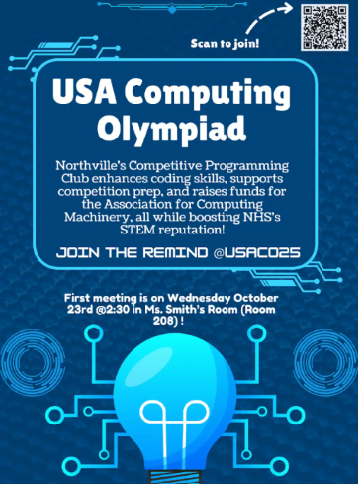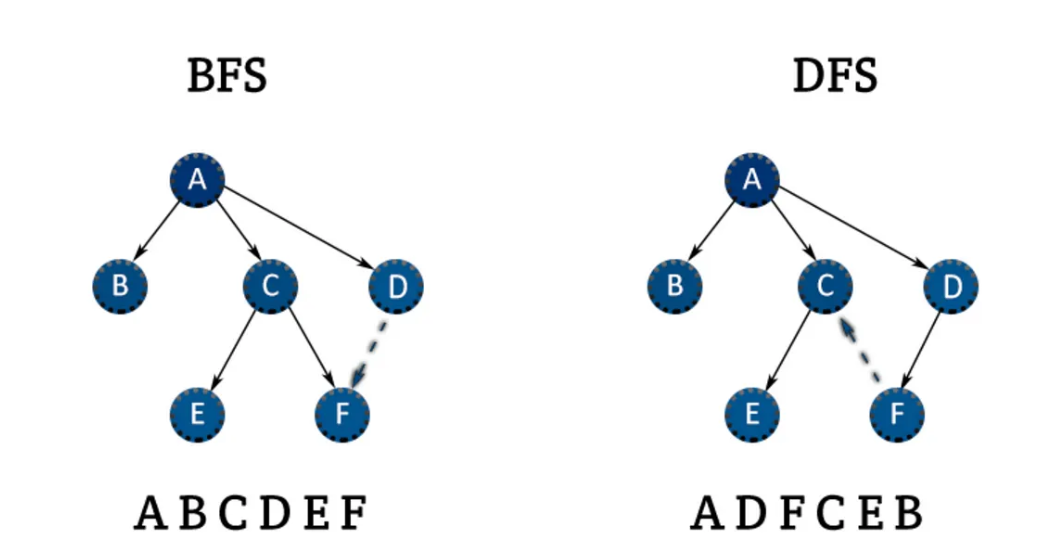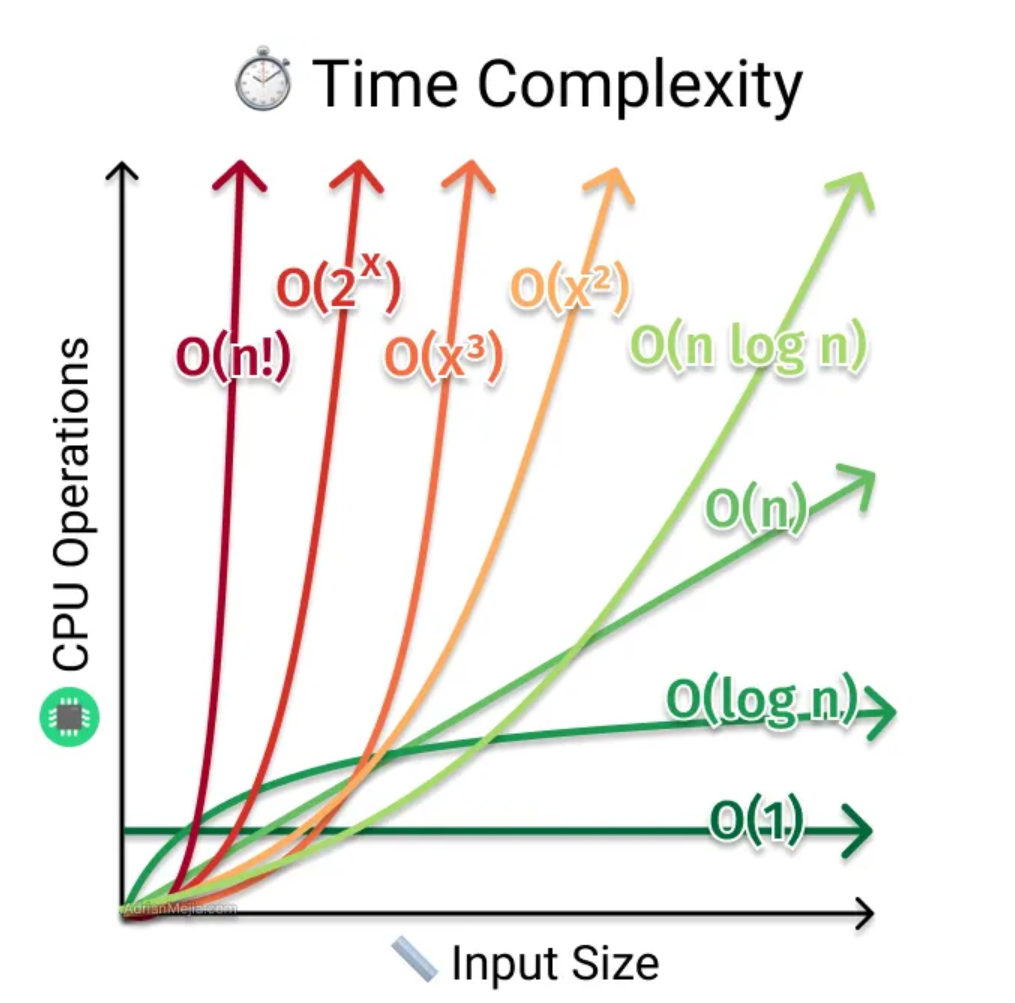

The USA Computing Olympiad (USACO) is a prestigious computer programming competition primarily for secondary school students in the United States. It provides several levels of challenge from Bronze to Platinum, where students solve problems that test their understanding of algorithms and programming through coding solutions. The USACO is recognized for fostering problem-solving skills and offering significant challenges that help prepare students for careers in software engineering, computer science, and other computational fields.
USACO Club offers a vibrant community for those interested in improving their competitive programming skills. Our club focuses on preparing members for the USA Computing Olympiad (USACO). We meet every Wednesday to tackle challenging problems together, discuss various algorithms, and learn new programming techniques. Whether you're a beginner eager to learn the basics or an advanced coder aiming for gold, join us to enhance your coding prowess and compete with confidence.
Official Club Flyer

Using a large range of algorithms is essential for solving complex computational problems efficiently. Graph theory algorithms, such as Dijkstra's or Floyd-Warshall, are commonly used to find shortest paths in weighted networks, ideal for scenarios involving routing or connectivity. Dynamic programming plays a crucial role in optimizing decisions over time or stages, suitable for maximizing or minimizing certain criteria like costs or distances; this approach can solve problems related to resource allocation or scheduling. Greedy algorithms are invaluable for problems where making the locally optimal choice at each step leads to a globally optimal solution, often applied in task scheduling or minimizing resource usage scenarios. Additionally, data structures like segment trees and binary indexed trees are pivotal for managing and updating large datasets dynamically, aiding in range query problems. Mastery of these algorithms equips participants to tackle a wide array of problem types with efficiency and accuracy.

Big-O notation is a crucial concept in computer science used to describe the upper bound of an algorithm’s performance in terms of time or space complexity as the input size grows. It focuses on the worst-case scenario, omitting constants and lower-order terms to simplify comparison between algorithms. For instance, complexities like O(n), O(n2), and O(logn) denote linear, quadratic, and logarithmic growth rates, respectively. This notation helps in understanding how execution time or space requirements scale with increasing input size, providing a theoretical measure of efficiency irrespective of machine-specific details. Common complexities include O(1) for constant time, O(n log n) for log-linear time often seen in efficient sorting algorithms, and O(2n) or O(n!) for exponential and factorial growths seen in brute-force strategies, which become impractical as input sizes increase.

Questions? Email: sankepallesr@northvilleschools.net